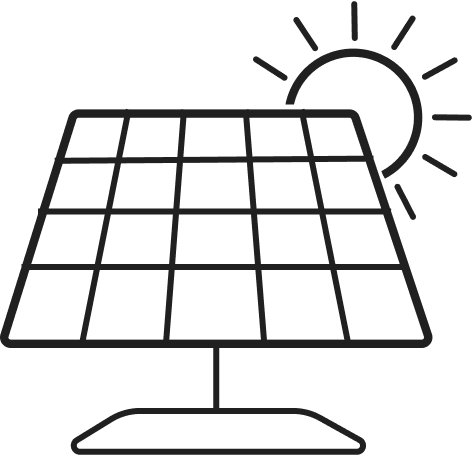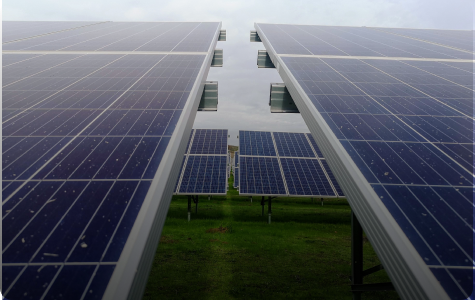.png)
Solar PV Module
Bifacial and BIPV
The KOSOL PV module generates energy when light falls on its surface. In the case of a bifacial module, solar power is generated through both the front and back glass surfaces, where they absorb sunlight. Some of the light that is not absorbed by the front surface is reflected (albedo) and then absorbed by the back surface of the module, resulting in additional power generation. This occurs due to the different characteristics of each surface. The efficiency and bifacial nature of the module come into play when both sides receive light. It's important to note that the power generation on the rear side of the module may not always be exactly equal to the front side. The ratio between the power generated on the rear and front sides is known as module bifaciality. Bifaciality can vary depending on the type of cell used in the solar module.

Advantages Of ETC
- A PV module generates energy when light falls on its surface.
- For a bifacial module, it is necessary for light to illuminate its backside as well.
- The surface/ground's nature to reflect, a proportion of, light falling on it is known as albedo.
- Different surfaces have different albedos.
- Once light falls on the module, its efficiency and bifacial nature come into play.
- The power generated on the rear side of the module is not always exactly equal to that of the front side.
- The ratio between rear side and front side power generation is known as module bifaciality.
- Bifaciality further varies with the kind of cell utilized in a solar module.
.png)
Improving the performance of Solar Energy
Latest Projects, Solutions and Energy Supplies
KOSOL Energie's main goal is to facilitate a revolution in green energy by creating products that encourage a shift away from reliance on fossil fuel-based energy sources.
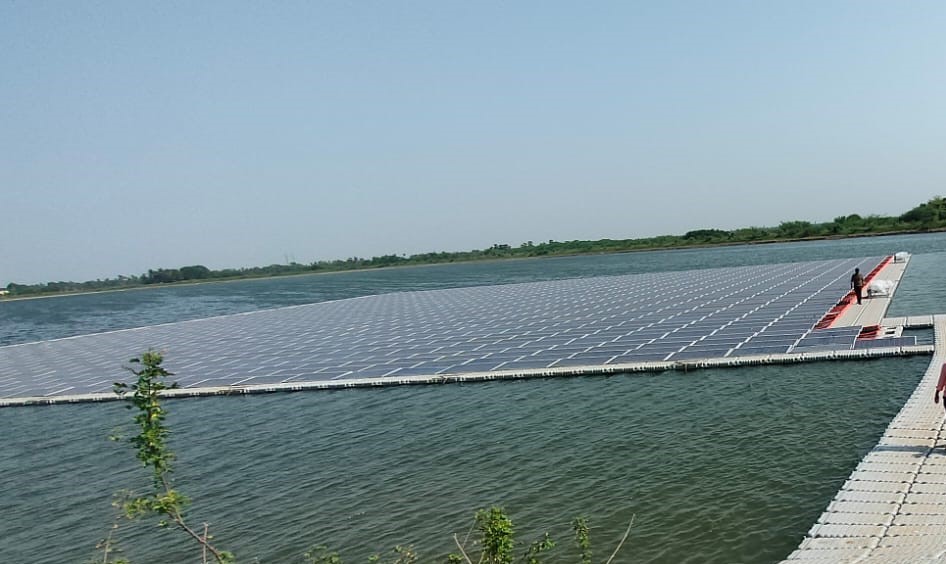
Andra Pradesh
The floating solar project in Andhra Pradesh is a cutting-edge renewable energy initiative that harnesses...
Read More

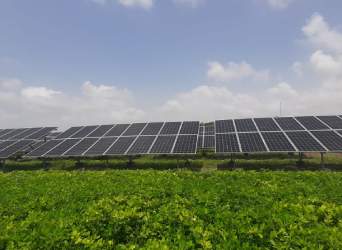
Paravdi
10 MW Solar Power Plant is constructed in 49 Acres of land at Paravdi, District...
Read More


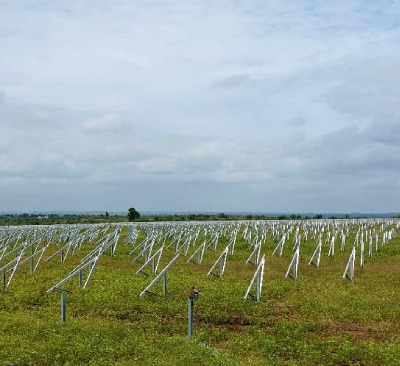

Khandiya
35 MW Solar Power Plant is constructed in 68 Hectors of land at Khandiya, District...
Read More

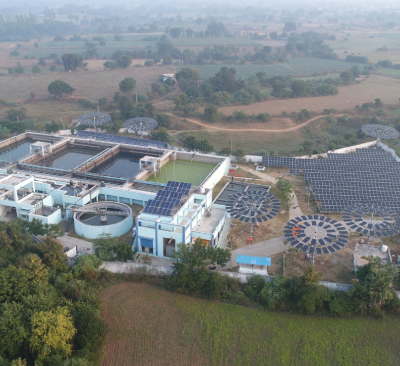
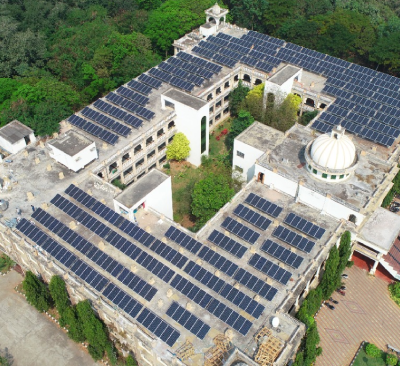
Guntur
2 MW Grid Connected Solar rooftop system is constructed in two Place . First Phase...
Read More

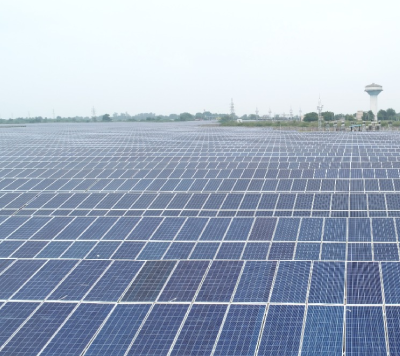
Kubda
5 MW Solar Power Plant is constructed in 7.5086Hectors of land at Gigasan, District Dhari,...
Read More

.png)











